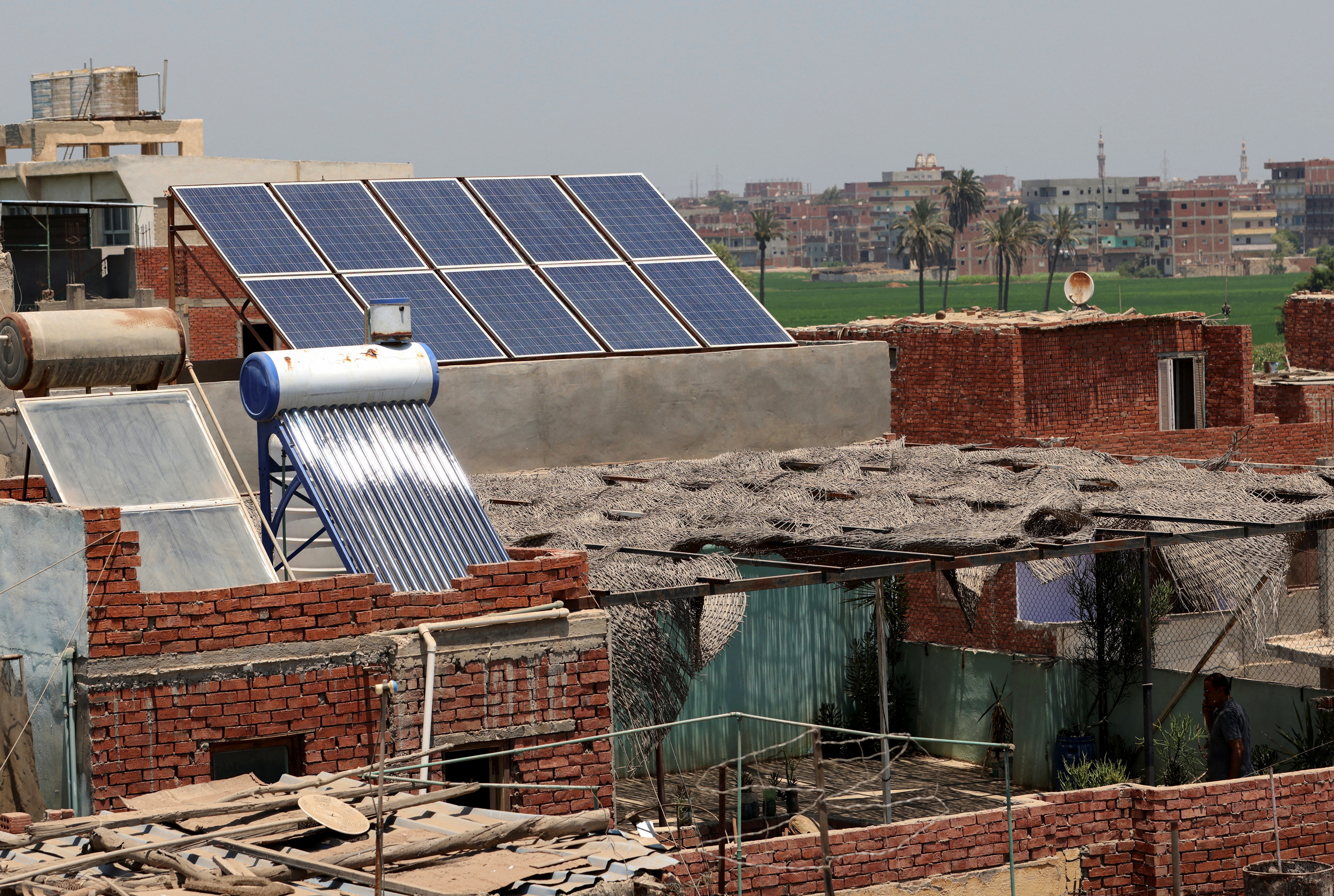Unless we tackle inequity, 69 million children will die of preventable causes by 2030

Two in three children are deprived of what they need to survive and develop in sub-Saharan Africa.
Image: REUTERS/Thierry Gouegnon
Stay up to date:
Economic Growth
Unless the world does more to end inequality, 69 million children will die from mostly preventable causes by 2030, 167 million will live in poverty, and 750 million child marriages will take place, the latest UNICEF report warns.
The year 2030 is the target date for the UN's Sustainable Development Goals – a set of 17 goals adopted last year to eradicate poverty and inequality, and protect the planet.
But UNICEF’s annual State of the World’s Children report paints a bleak picture of what’s in store for the world’s poorest children by that date if governments, donors, businesses and international organizations do not step up efforts to tackle poverty and inequality.

The most disadvantaged children are twice as likely as the richest children to die before their fifth birthday and to be chronically malnourished.
Across much of South Asia and sub-Saharan Africa, children born to mothers with no education are almost three times more likely to die before they are five than those born to mothers with a secondary education.
Meanwhile, child marriage has not fallen in decades – girls from the poorest households are two and a half times more likely to become child brides than those from wealthy backgrounds.
While noting substantial progress in some areas – halving global mortality rates for children under five, almost halving the number of people living in extreme poverty since 1990, and reaching gender parity in primary education across 129 countries – the report points out that these developments have been neither even nor fair.
The outlook for children is particularly bleak in sub-Saharan Africa, where at least 247 million children – or two in three – are deprived of what they need to survive and develop, and where nearly 60% of 20- to 24-year-olds from the poorest fifth of the population have had less than four years of schooling.

The report predicts that at current trends, by 2030 sub-Saharan Africa will account for:
- Nearly half of the 69 million children who will die before their fifth birthday from mostly preventable causes
- More than half of the 60 million children of primary school age who will still be out of school
- 9 out of 10 children living in extreme poverty

Levelling the playing field
Education can play a significant role in reducing inequity, which is “neither inevitable, nor insurmountable”, the report argues. On average each additional year of education a child receives increases their adult earnings by about 10%.
And for each additional year of schooling completed by young adults, a nation's poverty rate falls by an average of 9%.
However, about 124 million children do not go to primary and lower-secondary school, a number that has increased about 2 million since 2011, the report says. Almost two in five of those who do finish primary school have not learned how to read, write or do simple arithmetic.
The report argues that investing in the most vulnerable children can result in immediate and long-term benefits. Cash transfers, for example, have been shown to help children stay in school longer and advance to higher levels of education.
It calls for better data on the most vulnerable children, integrated solutions to the challenges children face, innovative ways to address old problems, more equitable investment, and increased involvement by communities.
“Denying hundreds of millions of children a fair chance in life does more than threaten their futures – by fueling intergenerational cycles of disadvantage, it imperils the future of their societies,” said UNICEF Executive Director Anthony Lake.
“We have a choice: Invest in these children now or allow our world to become still more unequal and divided.”
Have you read?
Don't miss any update on this topic
Create a free account and access your personalized content collection with our latest publications and analyses.
License and Republishing
World Economic Forum articles may be republished in accordance with the Creative Commons Attribution-NonCommercial-NoDerivatives 4.0 International Public License, and in accordance with our Terms of Use.
The views expressed in this article are those of the author alone and not the World Economic Forum.
Forum Stories newsletter
Bringing you weekly curated insights and analysis on the global issues that matter.
More on Economic GrowthSee all
Wolfgang Fengler and Yara Antoniassi
November 12, 2025
Awais Ahmed and Srishti Bajpai
November 11, 2025
Jumoke Oduwole and Abir Ibrahim
November 11, 2025
Jake Yu
November 10, 2025
Marco Lambertini and Marcelo Bicalho Behar
November 6, 2025
Souleymane Ba and Nakul Zaveri
November 4, 2025





